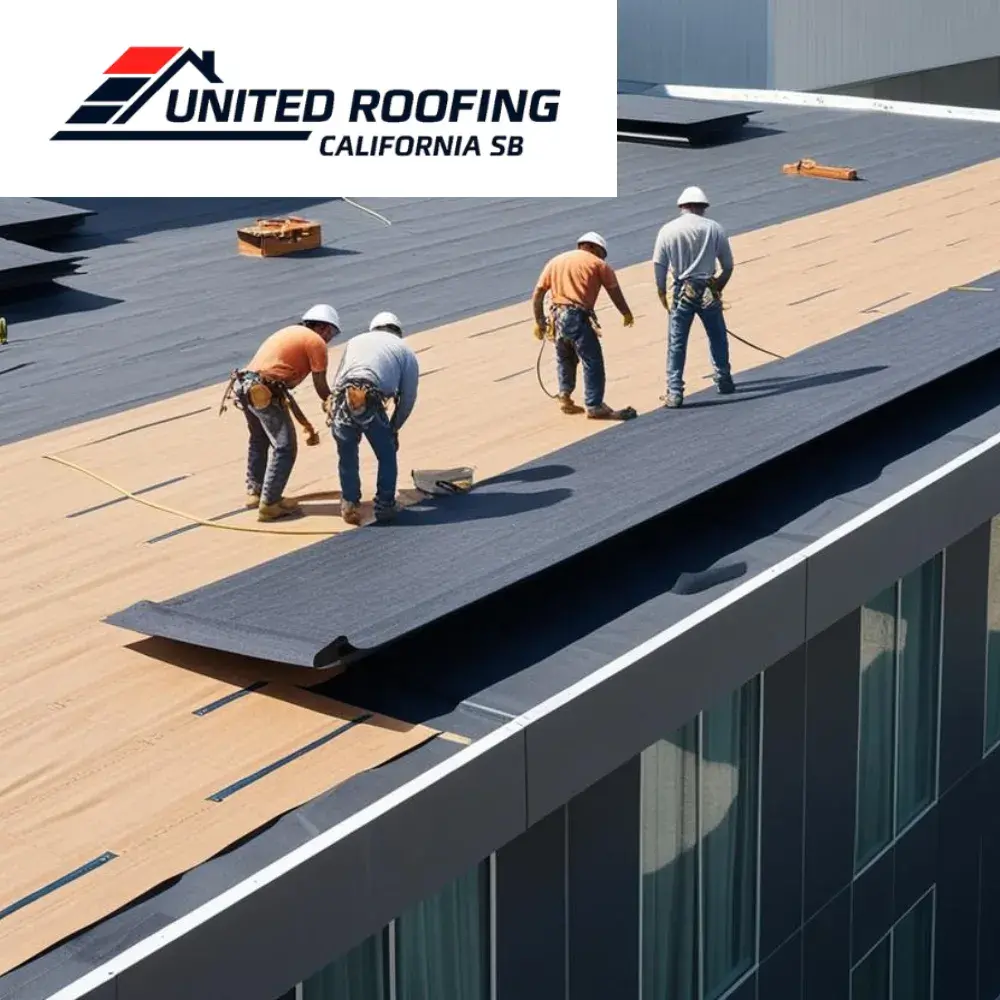Thermal expansion is a natural process that occurs when roofing materials are exposed to temperature fluctuations. In commercial roofing systems, where large surface areas are common, managing this expansion is essential to prevent material stress and structural failures. Without proper design strategies, such as expansion joints and flexible membranes, roofing components can warp, crack, or separate over time. Understanding how to accommodate these movements is key to preserving the integrity and performance of any large-scale roofing system.
Why Thermal Expansion Matters in Flat Roof Structures
Flat and low-slope roofs are particularly vulnerable to temperature-related movement. These systems often use continuous membranes or sheets that span vast areas with little natural relief. As the sun heats the surface, materials expand; when temperatures drop, they contract. In the absence of thermal expansion management, this cycle causes wear and tear that shortens the roof’s service life. A well-designed commercial roofing system includes features that mitigate this movement, ensuring long-term durability and safety.
The Role of Expansion Joints and Flexible Materials
One of the primary tools in managing thermal movement is the use of expansion joints. These components allow the roof to flex with changing temperatures without compromising the waterproof barrier. In addition to joints, selecting roofing materials that naturally accommodate expansion—such as TPO or EPDM—can reduce stress points and support longevity. These flexible systems are especially valuable in regions with high daily or seasonal temperature swings, where material stability is constantly challenged.
Identifying Signs of Thermal Stress in Commercial Roofs
Over time, unmanaged thermal movement can reveal itself through various signs of distress. These may include membrane wrinkling, seam separation, and cracks along flashing or transitions. Regular inspections by a commercial roofing specialist can detect early symptoms and recommend solutions before issues escalate. Preventive maintenance and timely repairs go a long way in avoiding expensive replacements or major water damage due to system failure.
Long-Term Solutions Through Proactive Design
Effective thermal expansion management begins during the design phase of any roofing project. Contractors must consider building dimensions, local climate, and material properties when developing a system that can expand and contract without damage. Incorporating expert strategies like proper joint placement, insulation layering, and substrate preparation ensures that the roof remains resilient over time. With smart planning, commercial property owners can avoid premature failures and extend the service life of their roofing systems.
Learn More
How Expansion Joints Protect Your Commercial Roof from Thermal Damage
Why Expansion Joints Are Essential in Commercial Roofing Design

